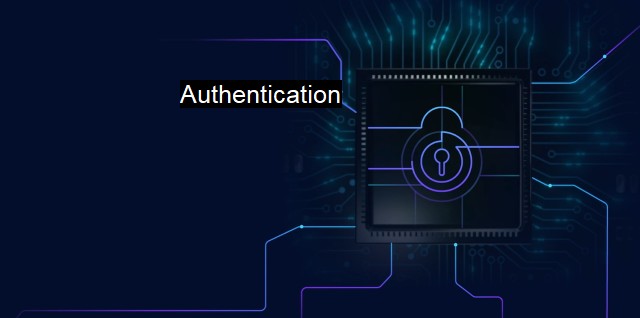What is Authentication?
Ensuring Antivirus Protection: The Power of Authentication for Securing Sensitive Data and Networks
Authentication in the realm of cybersecurity and antivirus solutions is a procedure that traverses through technology as it verifies
Authentication FAQs
What is authentication in cybersecurity?
Authentication is the process of confirming the identity of a user, device or application. It is used to protect sensitive information and systems from unauthorized access.How does authentication work in antivirus software?
Antivirus software uses authentication to verify the user's identity before granting access to sensitive information or system resources. This helps prevent unauthorized access to data and protects against malware attacks.What are some common authentication methods used in cybersecurity?
Common authentication methods used in cybersecurity include passwords, biometrics, smart cards, and two-factor authentication. Each method has its own strengths and weaknesses, and the most effective approach depends on the specific needs of the organization.What are some best practices for implementing authentication in cybersecurity?
Best practices for implementing authentication in cybersecurity include using strong passwords, implementing multi-factor authentication, monitoring and analyzing authentication logs, conducting regular security assessments, and staying up-to-date with the latest authentication technologies and trends. These practices help ensure that systems and data are protected from unauthorized access and cyber attacks.Related Topics
Two-factor authentication Biometric authentication Multi-factor authentication Password management Identity verification
| | A | | | B | | | C | | | D | | | E | | | F | | | G | | | H | | | I | | | J | | | K | | | L | | | M | |
| | N | | | O | | | P | | | Q | | | R | | | S | | | T | | | U | | | V | | | W | | | X | | | Y | | | Z | |
| | 1 | | | 2 | | | 3 | | | 4 | | | 7 | | | 8 | | |||||||